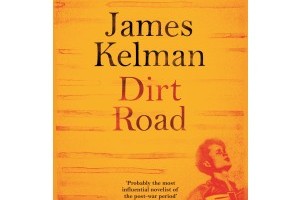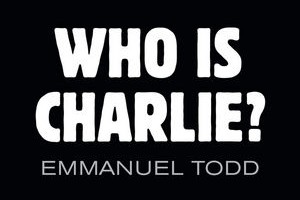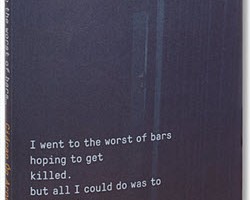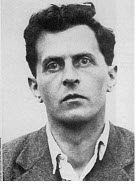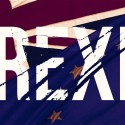Book Review: Spatial Justice and the Irish Crisis, eds: Gerry Kearns, David Meredith, and John Morrissey, Royal Irish Academy (2014)
The new book Spatial Justice and the Irish Crisis, edited by Gerry Kearns, David Meredith, and John Morrissey and published by the Royal Irish Academy is extremely timely given its extensive analysis and detail on the causes of the Irish financial crisis, its socio-spatial impacts on inequality and suggestions for alternative, social-justice based, economic development. The Irish elite, government, big business and media are trumpeting that ‘austerity’ and ‘neoliberalism’ have worked. The Irish economy is now fully in ‘recovery’ it is claimed, ‘austerity’ will be eased with tax breaks again to be given out to the middle classes, employment is rising and we have a mini property boom in Dublin to celebrate. Even potential social partnership agreements are floating in the political air. However, it is now more than ever that critical political, economic, and socio-spatial justice analysis of the Irish economy is required. Rather than cheerleading blindly into another boom and bust cycle based on inequality and spatial injustice there is a need for academics and policy makers to engage in rigorous analysis and reflection on the crisis and the political economic trajectory for the coming decades.
Prof Gerry Kearns, of the Maynooth University Department of Geography, in the Introduction to the book, draws on President Higgins’ reflection on the importance of ‘critical thought’ in the wake of ‘failed orthodoxies’ as ‘the crisis is one of ideas as well as of policy’. Now more than ever, space and time must be given in the academic and public sphere in Ireland to identify the causes of the crisis, its impact on inequality, and alternative (non-capitalist) policies and approaches based on the common good and social justice rather than the interests of the minority elite – the 1%.
This book does this by placing social and spatial justice as an urgent consideration in all areas of social and economic policy. Interestingly, Kearns highlights how government responses to the current crisis go against Articles contained in the Irish Constitution including commitments of the state to ‘promot[ing] the welfare of the whole people by securing and protecting as effectively as it may a social order in which justice and charity shall inform all institutions of the national life’ (Article 45.1). Significantly, this also includes ensuring that ‘the ownership and control of the material resources may be so distributed amongst private individuals and the various classes as best to subserve the common good’ (Article 45.2.ii).
The book covers the origins of the financial crisis, its political and territorial implications such as the outsourcing of state power to international credit rating agencies, the links between crisis, housing and planning, the uneven impacts of the crisis in different parts of the country and unevenly within cities such as failed regeneration, impacts on equality of opportunity, marginalization of migrants, and sustainability. Within these areas it addresses the questions of spatial justice and where the pain of crisis and the opportunities of recovery are distributed, geographically and socially. It highlights the uneven development that was at the heart of the Celtic Tiger in the inequalities that persisted through that period, how they were worsened by the crash and the forms in which they continue today.
The chapter by Prof Danny Dorling, Professor of Geography at the University of Oxford, on Spatial Justice, Housing and the Financial crisis makes important links between rising inequality and housing crises internationally. This chapter is very interesting for an Irish audience as it highlights how the current housing crisis in Ireland has similar causes to other countries and there is much we can learn in regard to social justice based responses. Dorling argues that “we really need to think of housing again as a way in which we feel safe about where we are: not as a source of investment or a pension or something that can be used for profit, but instead as primarily a source of shelter”. He offers suggestions to address this such as a mansions tax, rent control, and using second and third homes for housing for those who need it. He explains that “housing is fundamental. It is what lies at the bottom of this crisis. Housing is one of the basic things that everybody needs and that policies can work out a way to guarantee.” He surmises that the reason this is not the case is because current policy appears to be ”trying to protect the equity interest of a small proportion of people who happen to own quite a lot of very expensive housing”.
Like this:
Like Loading...
Read Post →

